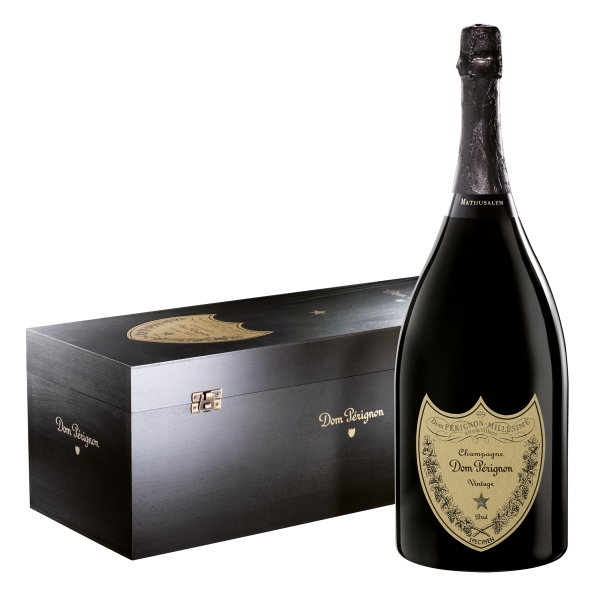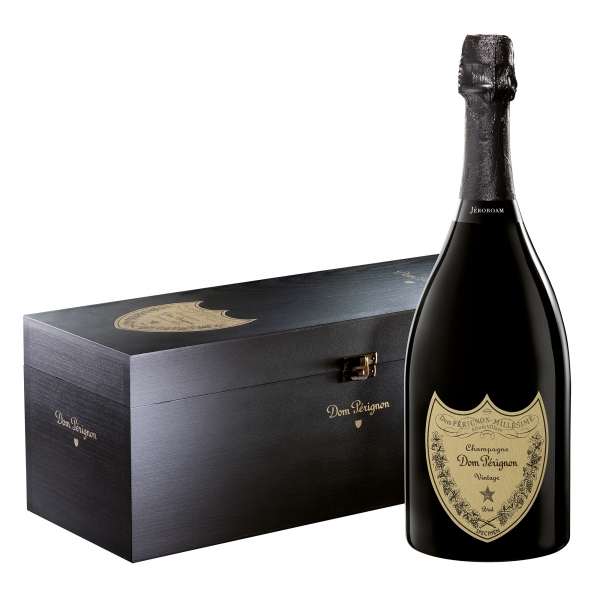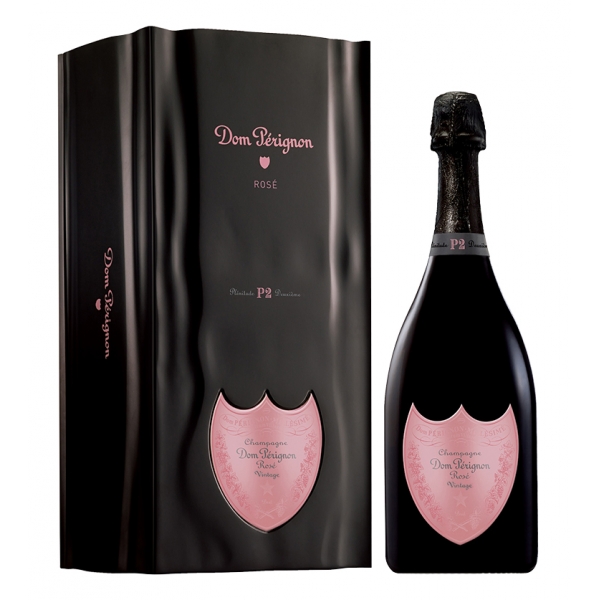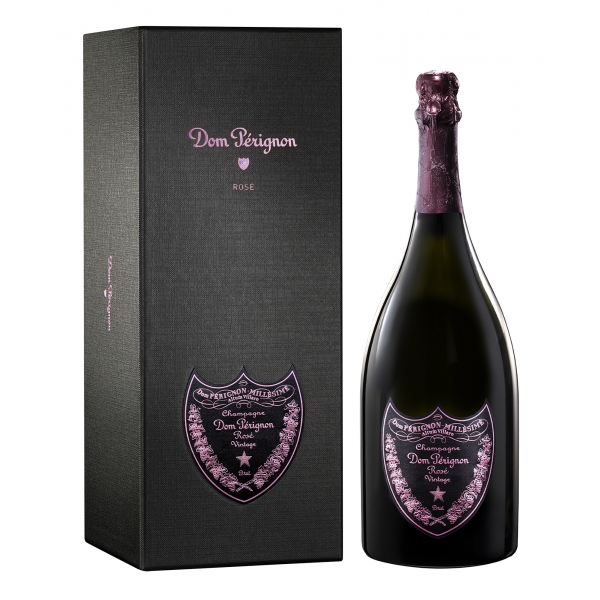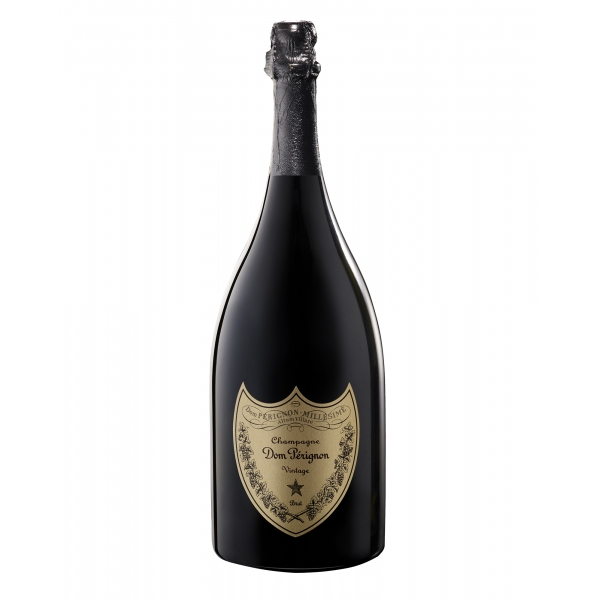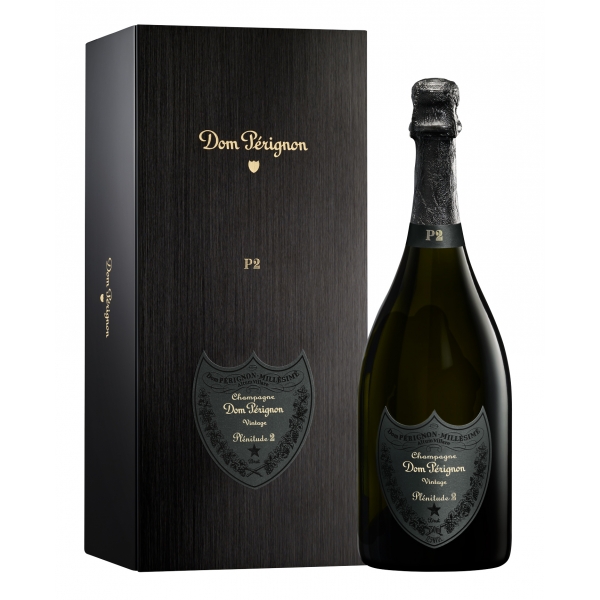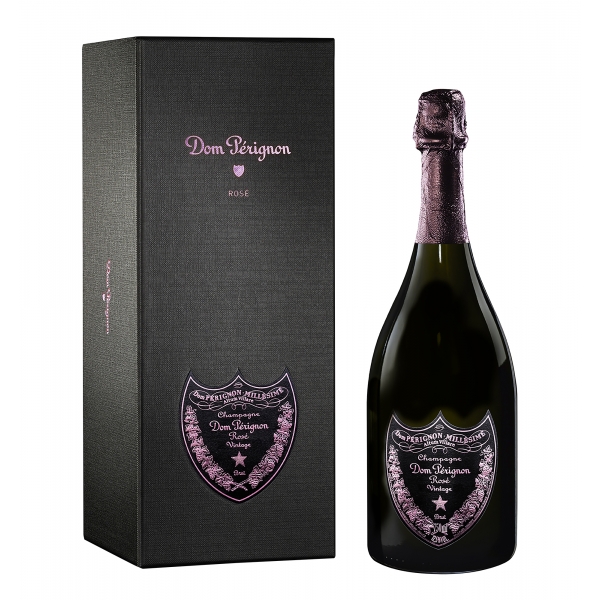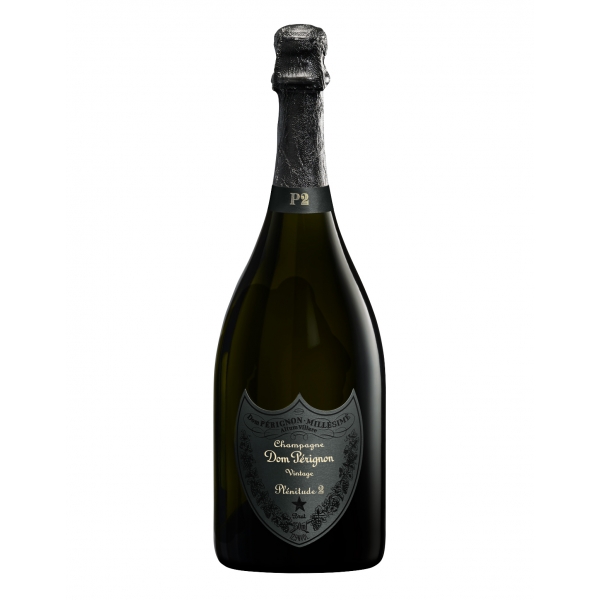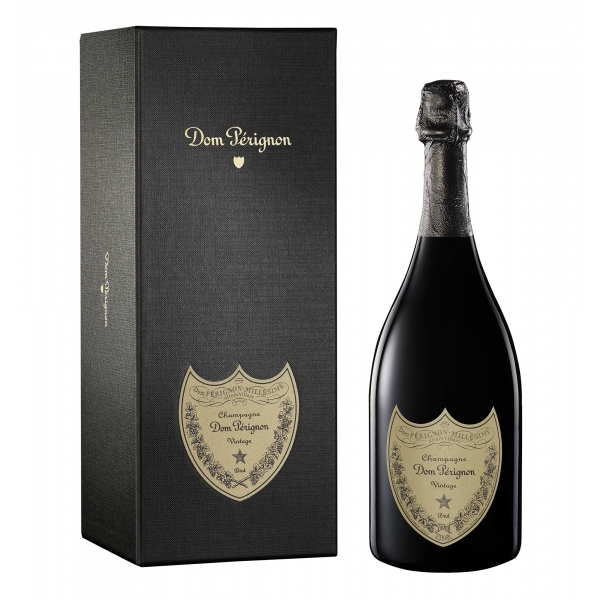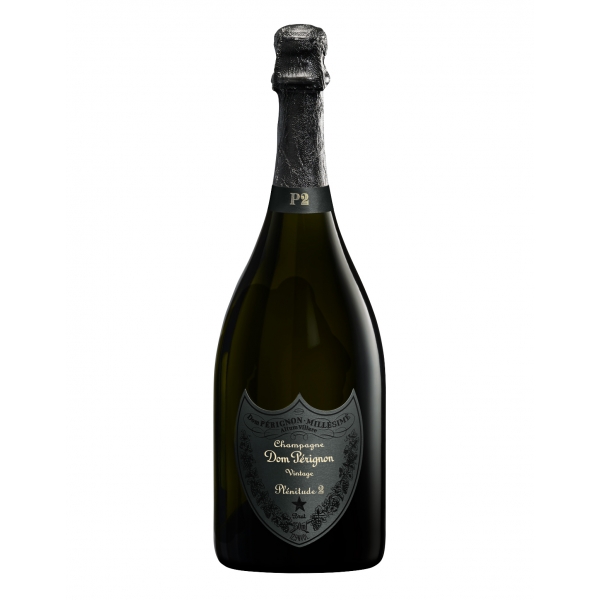No products
Categories
- Fashion Accessories
- Clothing
- Beauty & Lifestyle
-
Hi-Tech & Lifestyle
- Gaming
-
Case
- iPhone 11 Pro
- iPhone 11 Pro Max
- iPhone 11
- iPhone X / XS
- iPhone XS Max
- Samsung S10 / S10+ / S10e
- Huawei P30 / P30 Pro / P30 Lite
- Huawei P20 / P20 Pro / P20 Lite
- iPhone XR
- Samsung S9
- Samsung S9+
- iPhone 8 / 7
- iPhone 8 Plus / 7 Plus
- Samsung S8
- Samsung S8+
- Samsung S7
- Samsung S7 Edge
- iPhone 6 / 6 s
- iPhone 6 Plus / 6 s Plus
- iPhone 5 / SE
- Skin
- Audio
- Smart Home
- Drones & Hoverboard
- Photo & Video
- Desk Supplies
- Accessories
- Games
- Beverages
- Food
- Home
- Jewelry
- Luxury
- Travel
- Art
- Footwear
- Vintage Fashion
- Restaurants
- Sport
- Animals
- Gift Ideas
- Kidswear
Extra
Viewed Products
-

Linda Farrow - 814 C1 Square Optical Frames - Optical Lens in Black Frame -...
Pairing a timeless silhouette with...
Dom Pérignon
Vintage Champagne Only
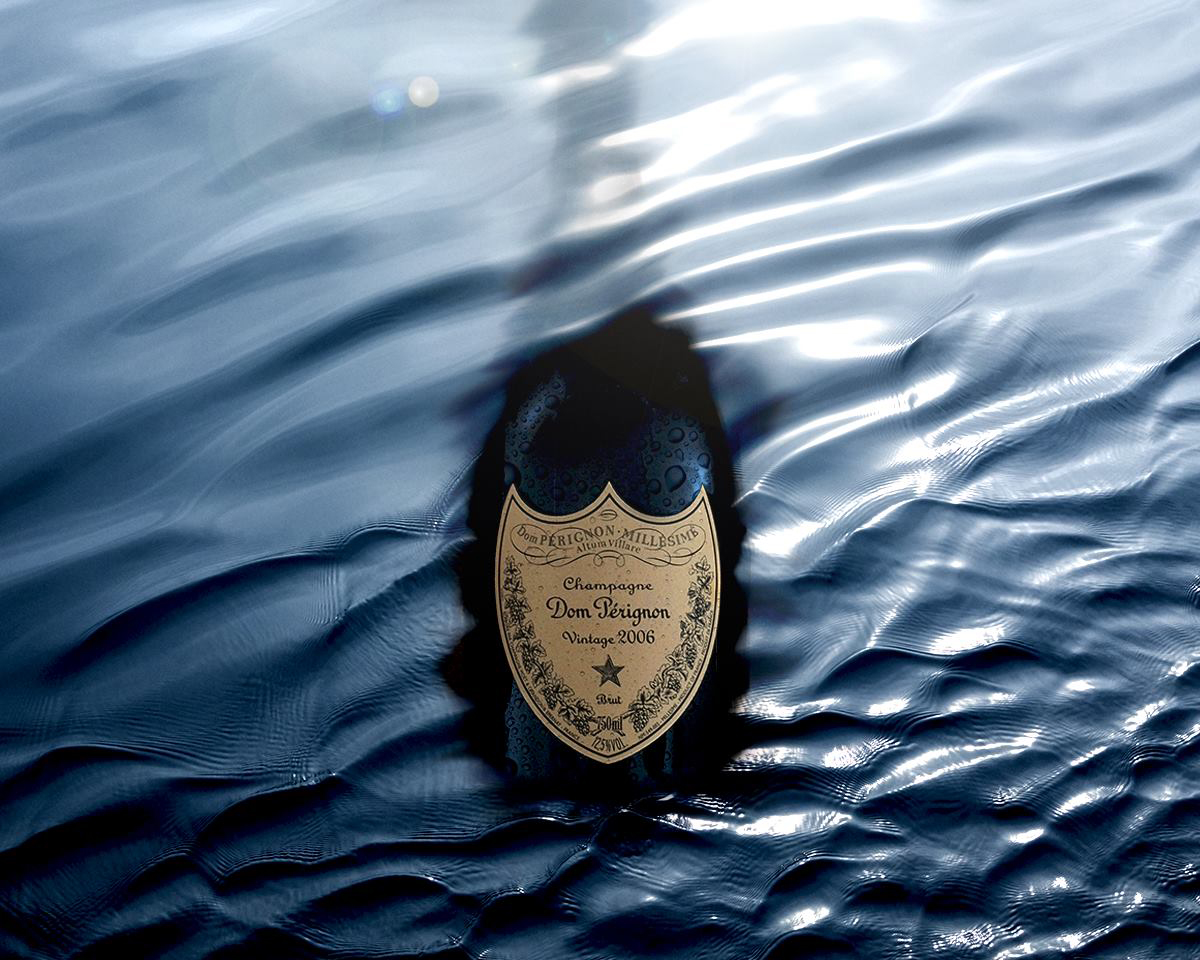
Dom Pérignon commitment to vintages is absolute. Each Dom Pérignon is a true act of creation, made from only the best grapes.
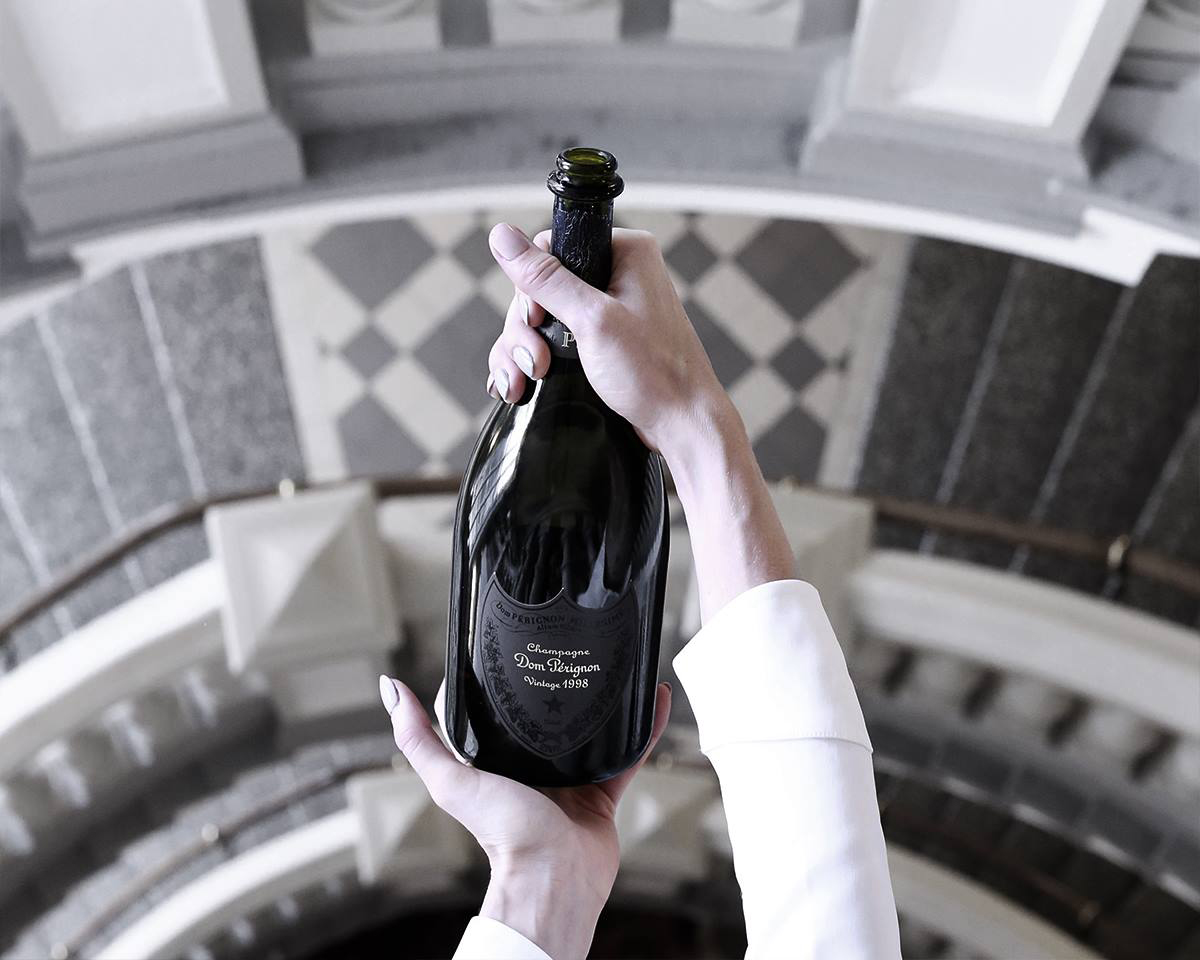
Each Vintage wine is created from the best grapes grown in one single year - a true challenge for a unique interpretation of the seasons, and for reinvention.
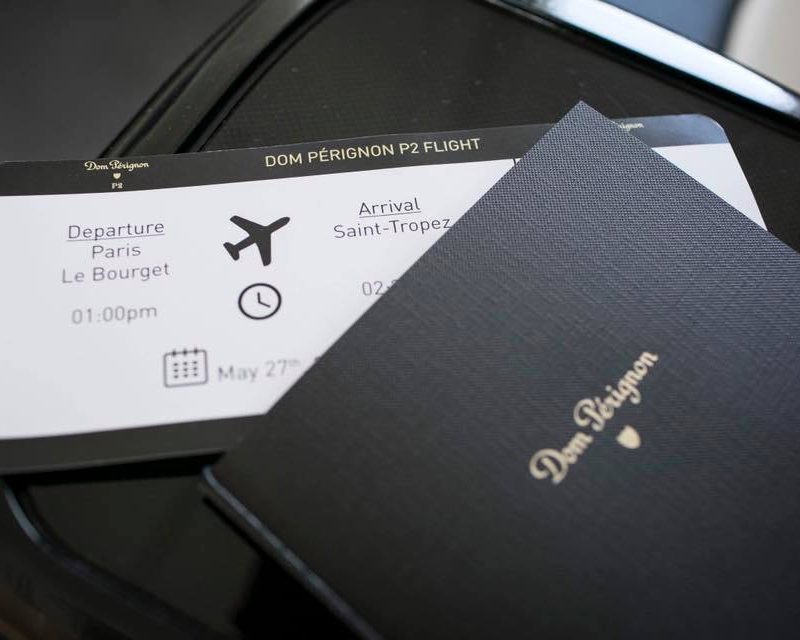
Each vintage embodies the total faith in the Power of Creation that is constantly renewed by Chef de Cave Vincent Chaperon.
Identity
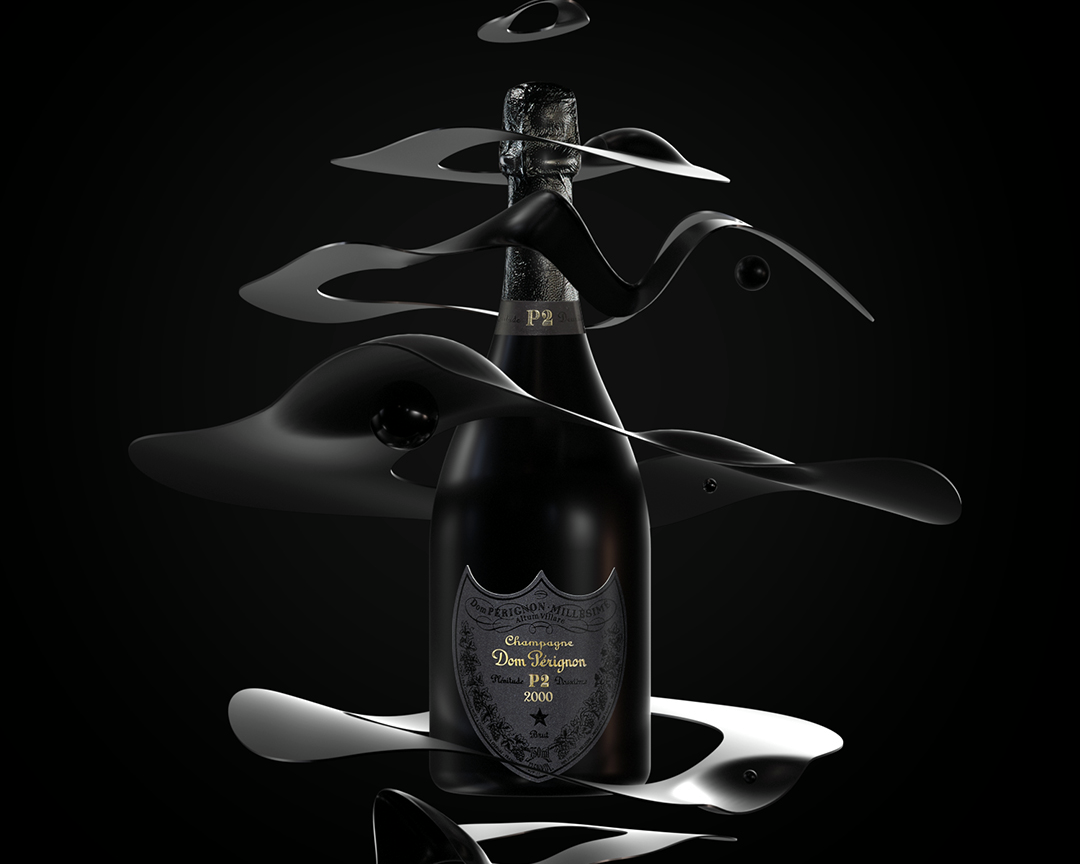
Dom Pérignon is a brand of vintage Champagne produced by the Champagne house of Moët & Chandon, and it serves as that house's prestige Champagne.
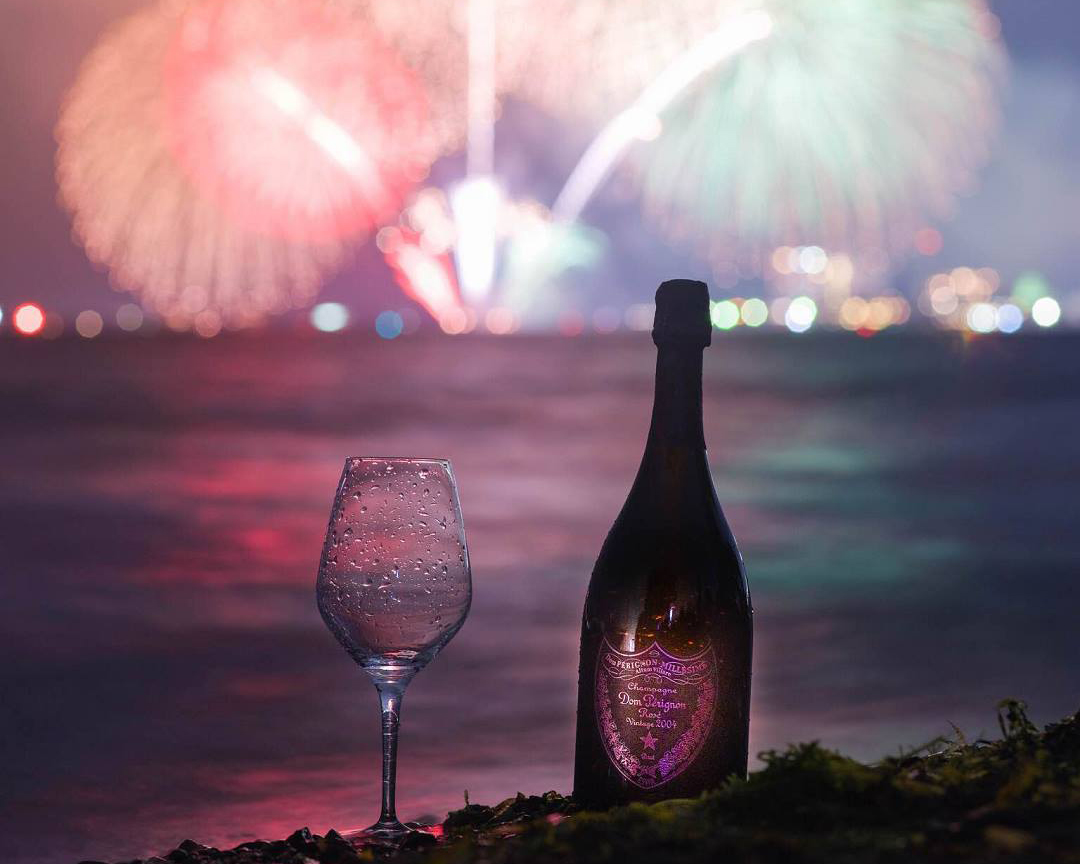
It is named after Dom Pérignon, a Benedictine monk who was an important quality pioneer for Champagne wine but who, contrary to popular myths, did not discover the Champagne method for making sparkling wines.
History
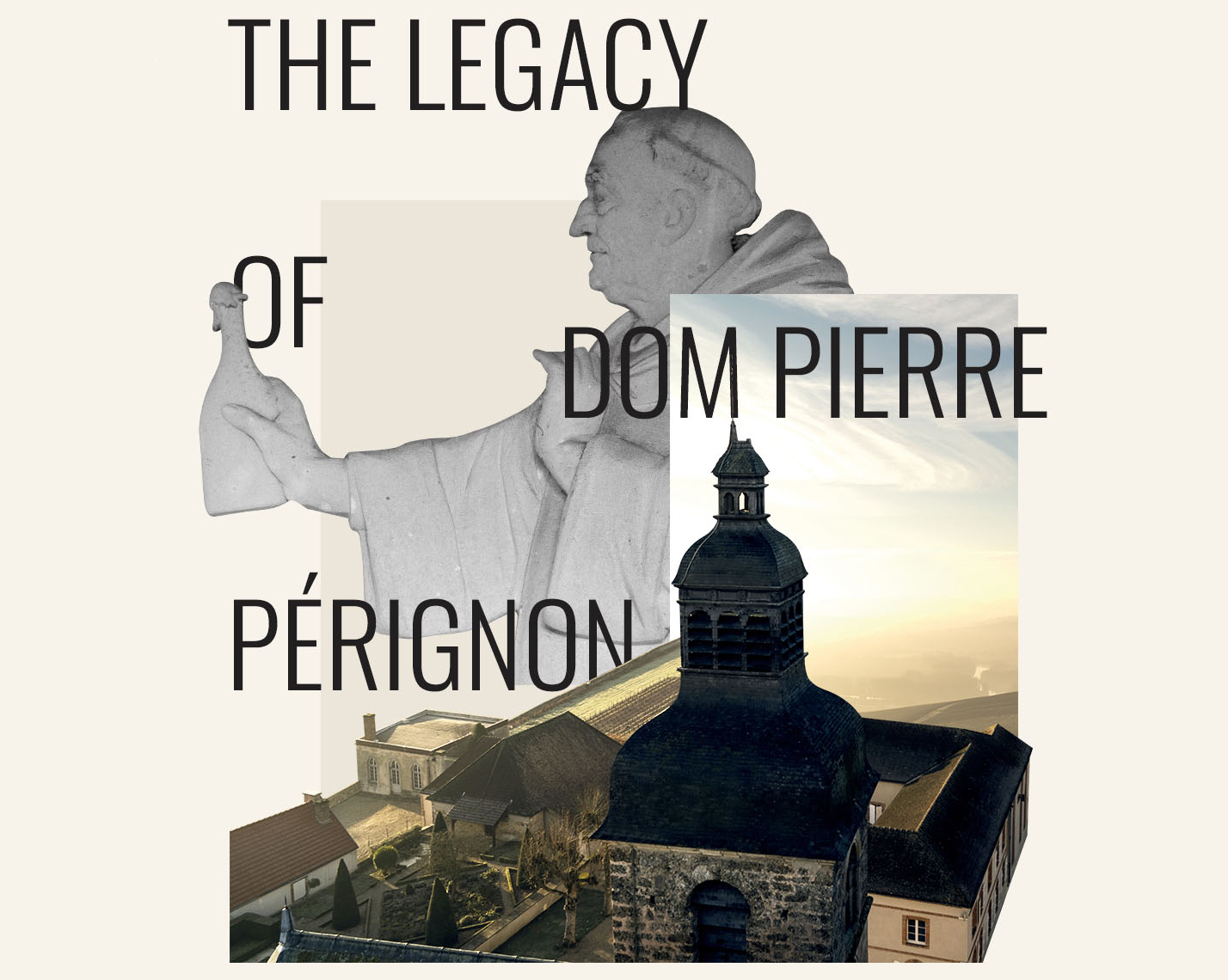
Dom Pérignon (1638–1715) was a monk and cellar master at the Benedictine abbey in Hautvillers. He pioneered a number of winemaking techniques around 1670 being the first to blend grapes in such a way as to improve the quality of wines, balance one element with another in order to make a better whole, and deal with a number of their imperfections; perfecting the art of producing clear white wines from black grapes by clever manipulation of the presses; enhancing the tendency of Champagne wines to retain their natural sugar in order to naturally induce secondary fermentation in the spring; being a master at deciding when to bottle these wines in order to capture the bubble. He also introduced corks (instead of wood), which were fastened to bottles with hemp string soaked in oil in order to keep the wines fresh and sparkling, and used thicker glass in order to strengthen the bottles (which were prone to explode at that time).
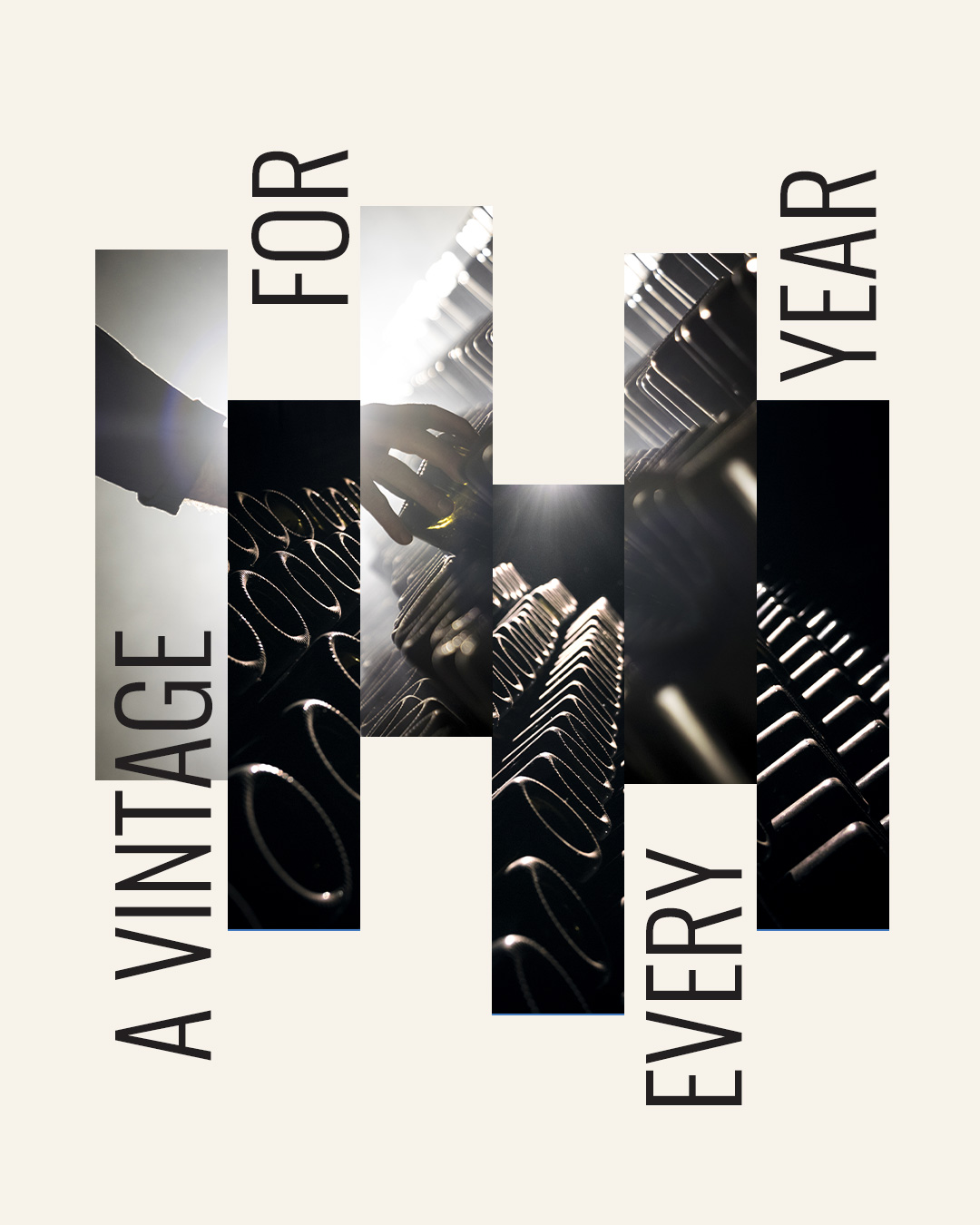
The development of sparkling wines as the main style of production in Champagne occurred progressively in the 19th century, more than a century after Dom Pérignon's death.

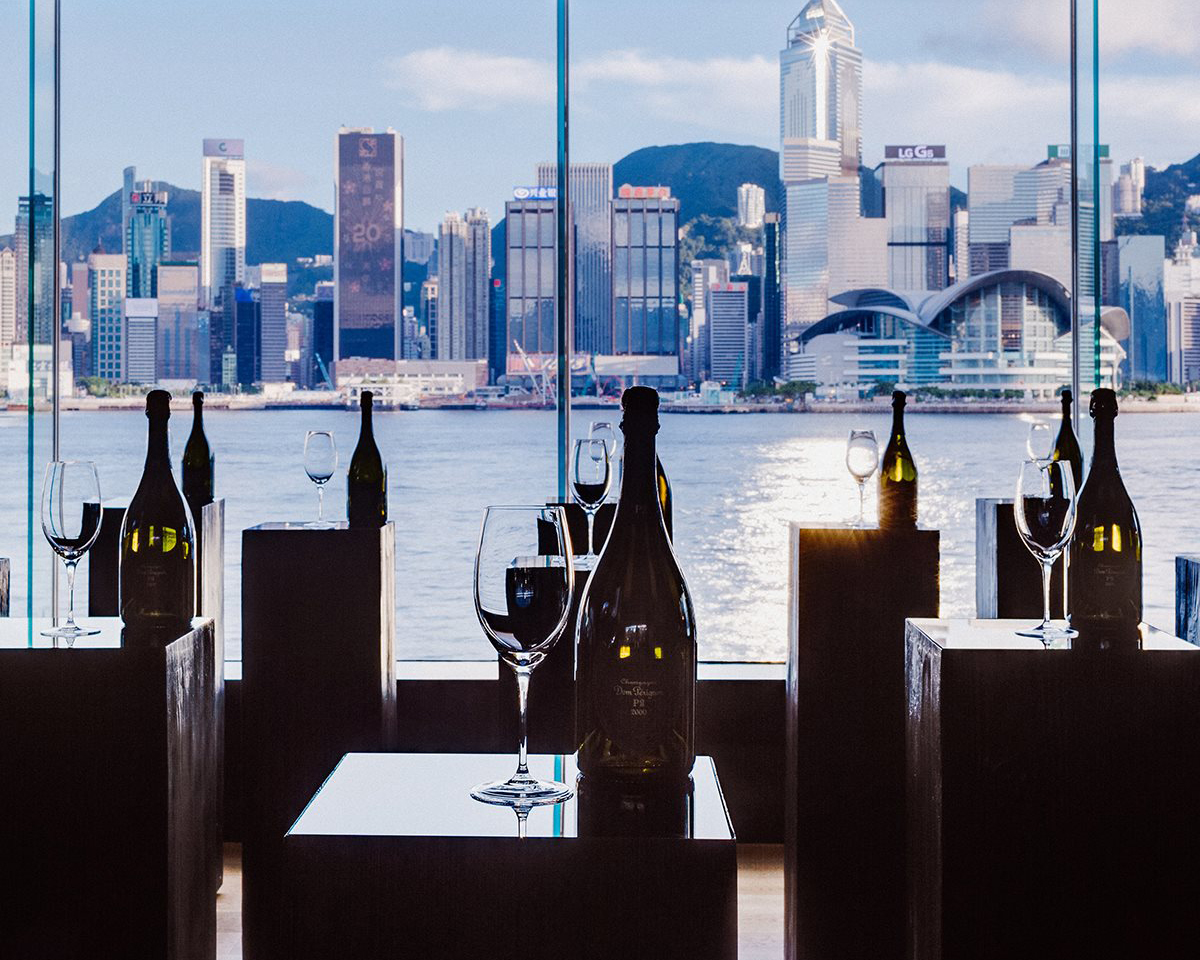
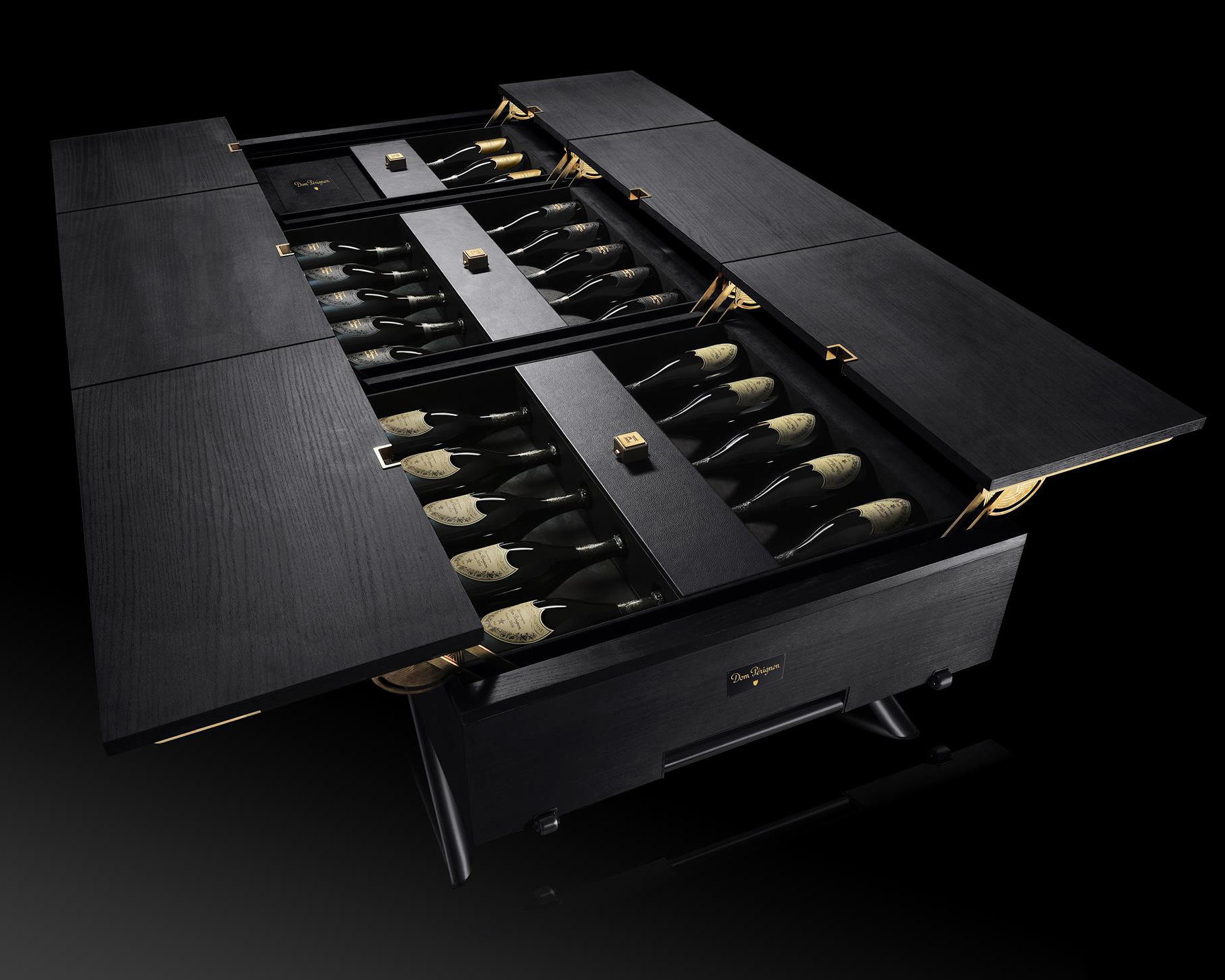
Dom Pierre Pérignon, a Benedictine monk. The first vintage of Dom Pérignon was 1921 and was only released for sale in 1936, sailing to New York in the liner Normandie. The brand, not exploited, was given by Champagne Mercier to Moët in 1927 for a wedding between the two families.
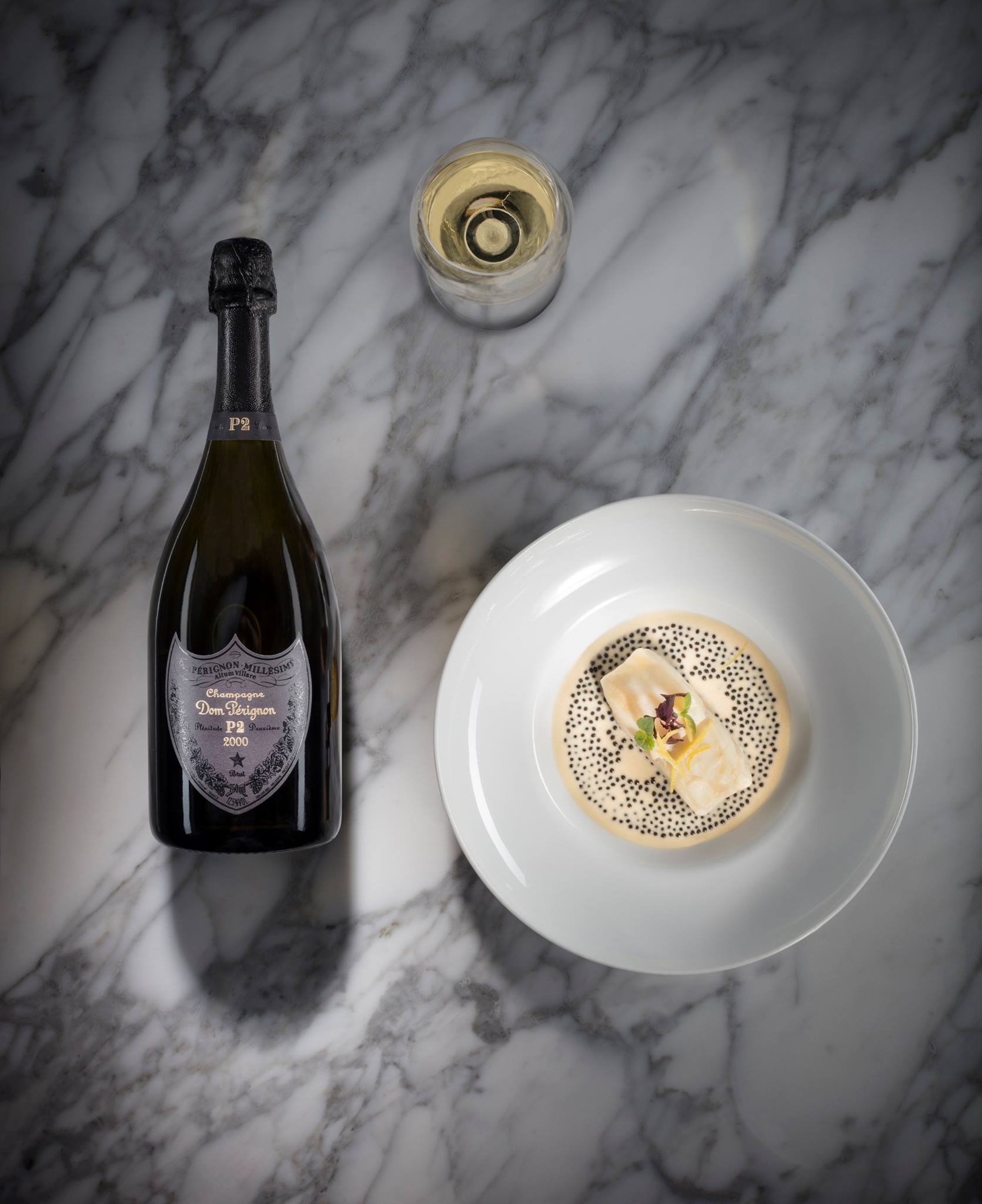
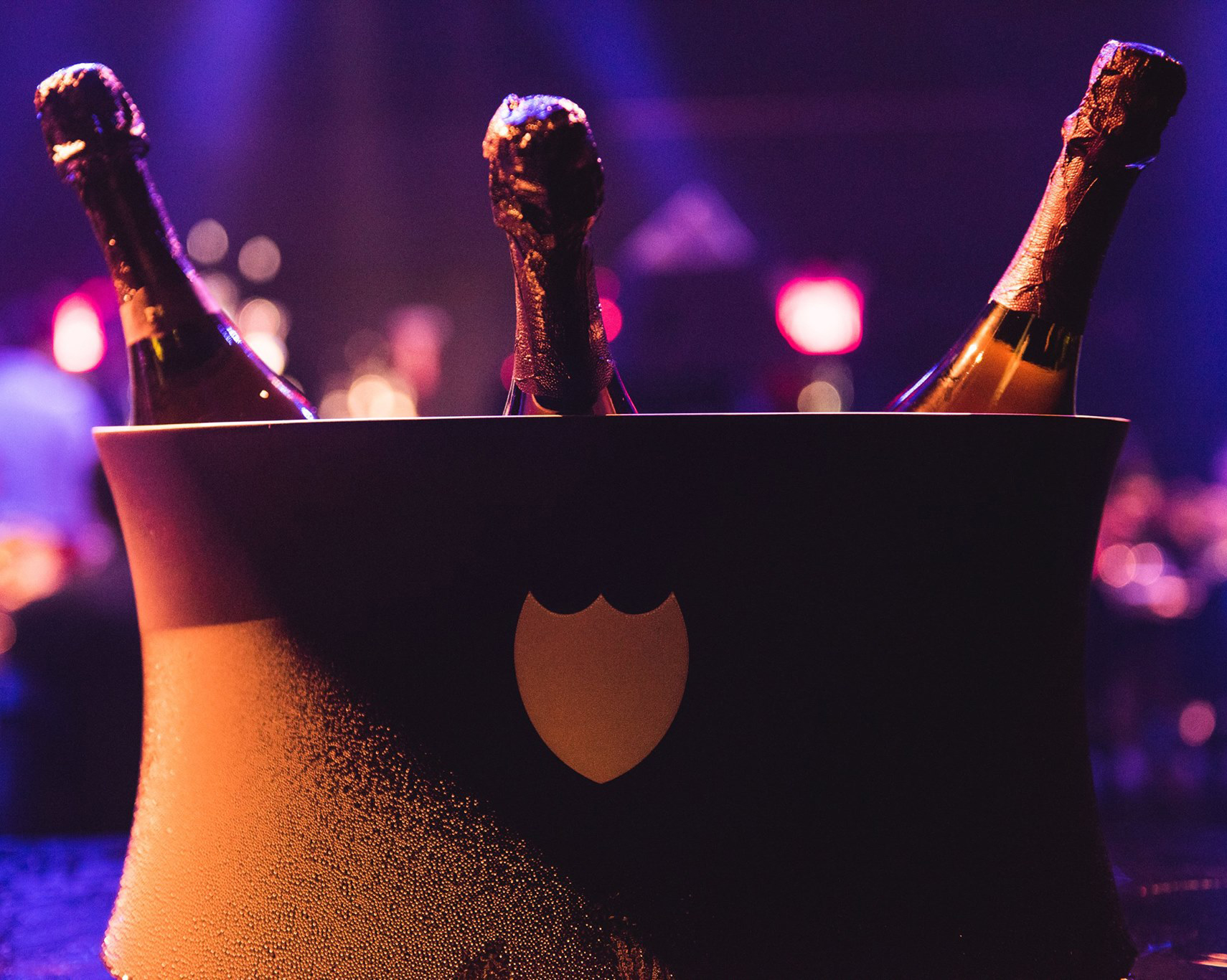
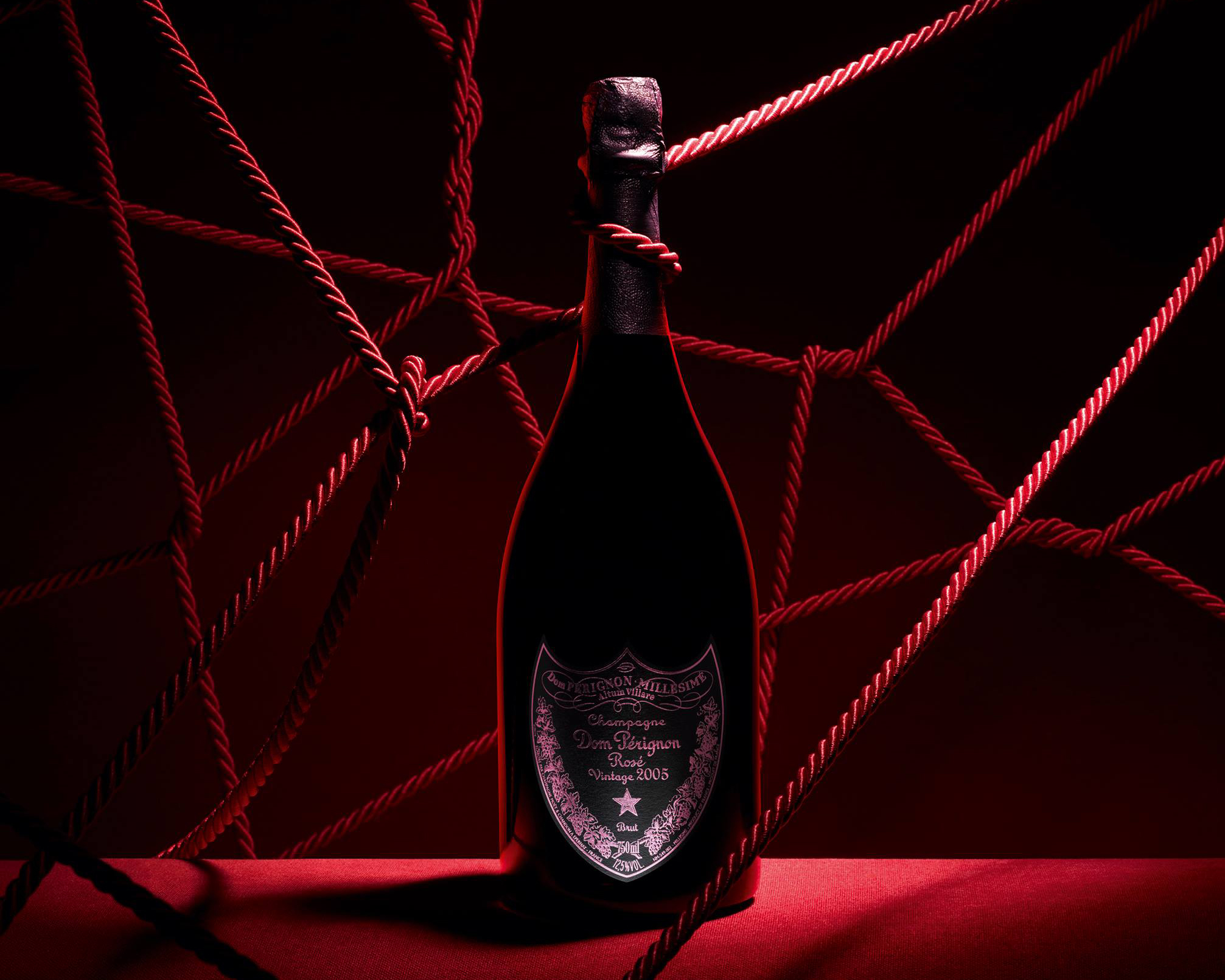
In 1935, 300 bottles of a 1926-vintage precursor to Dom Pérignon were sold to Simon Bros. & Co., the company that imported Moët in the United Kingdom, who gave two bottles to each of their 150 best customers to commemorate their centenary. While these bottles were almost identical to the subsequent Dom Pérignon releases, they did not display the Dom Pérignon name, rather "Champagne specially shipped for Simon Brothers & Co's Centenary 1835-1935." The wine got immediate attention in the marketplace and 100 boxes of the 1921 vintage were shipped to the United States shortly thereafter, this time displaying the Dom Pérignon name. James Buchanan Duke, the billionaire who had founded the American Tobacco Company, ordered 100 bottles for himself. The 17 bottles sold at an auction in Christie's in New York City in June 2004 were part of that order (Doris Duke, the billionaire’s daughter, had kept them in her cellar). According to current Dom Pérignon cellar master Richard Geoffroy (2012), who has been Chef de Cave for Dom Pérignon since 1990, the 1921 vintage had a "distinctive bouquet comprising sandalwood, vanilla and praline".
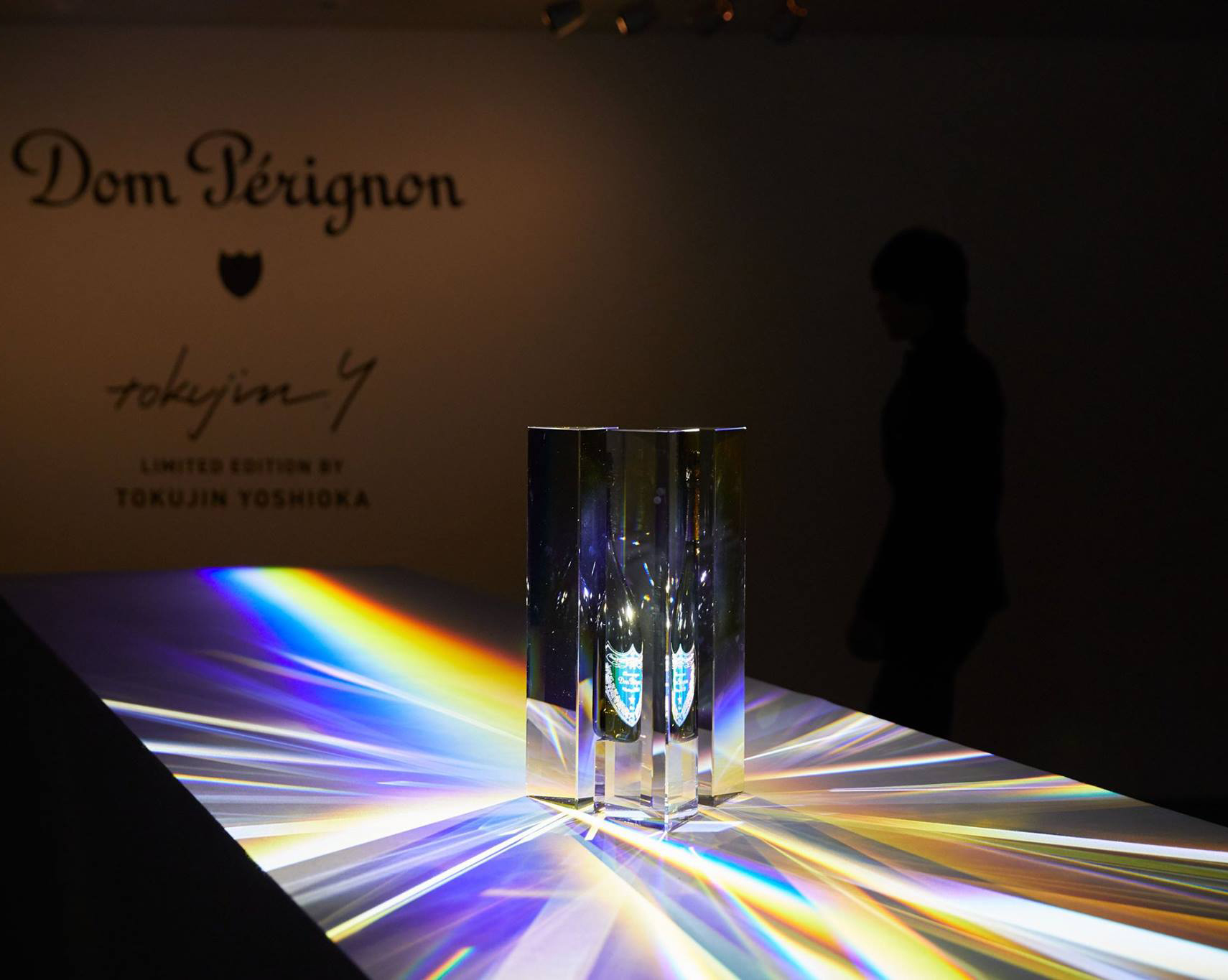
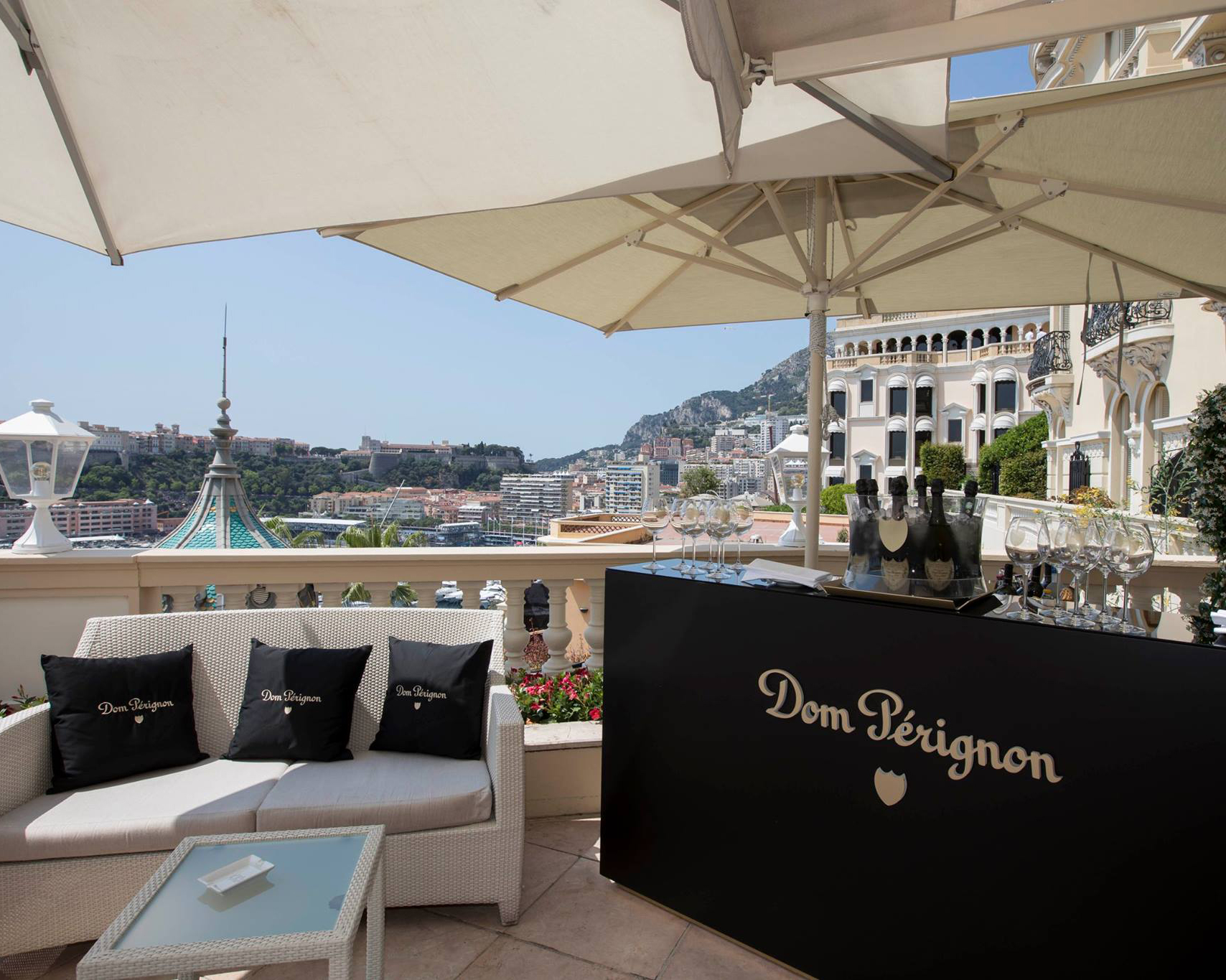
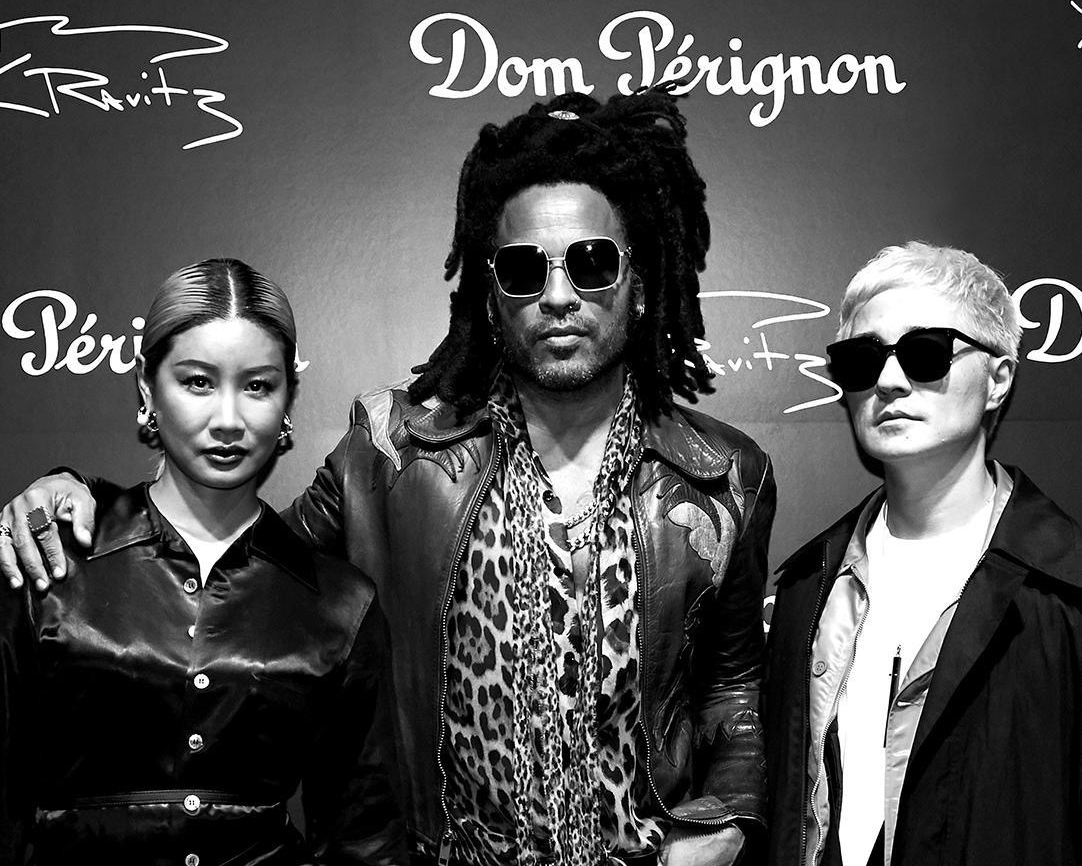
Until the 1943 vintage, Dom Pérignon was produced from regular vintage Moët & Chandon Champagne that was transferred to the special 18th century-style bottles after extended cellaring. It was, thus, effectively an "oenothèque" release of Moët & Chandon Vintage Champagne in a different bottle. From the 1947 vintage, Dom Pérignon has been produced separately from the start.
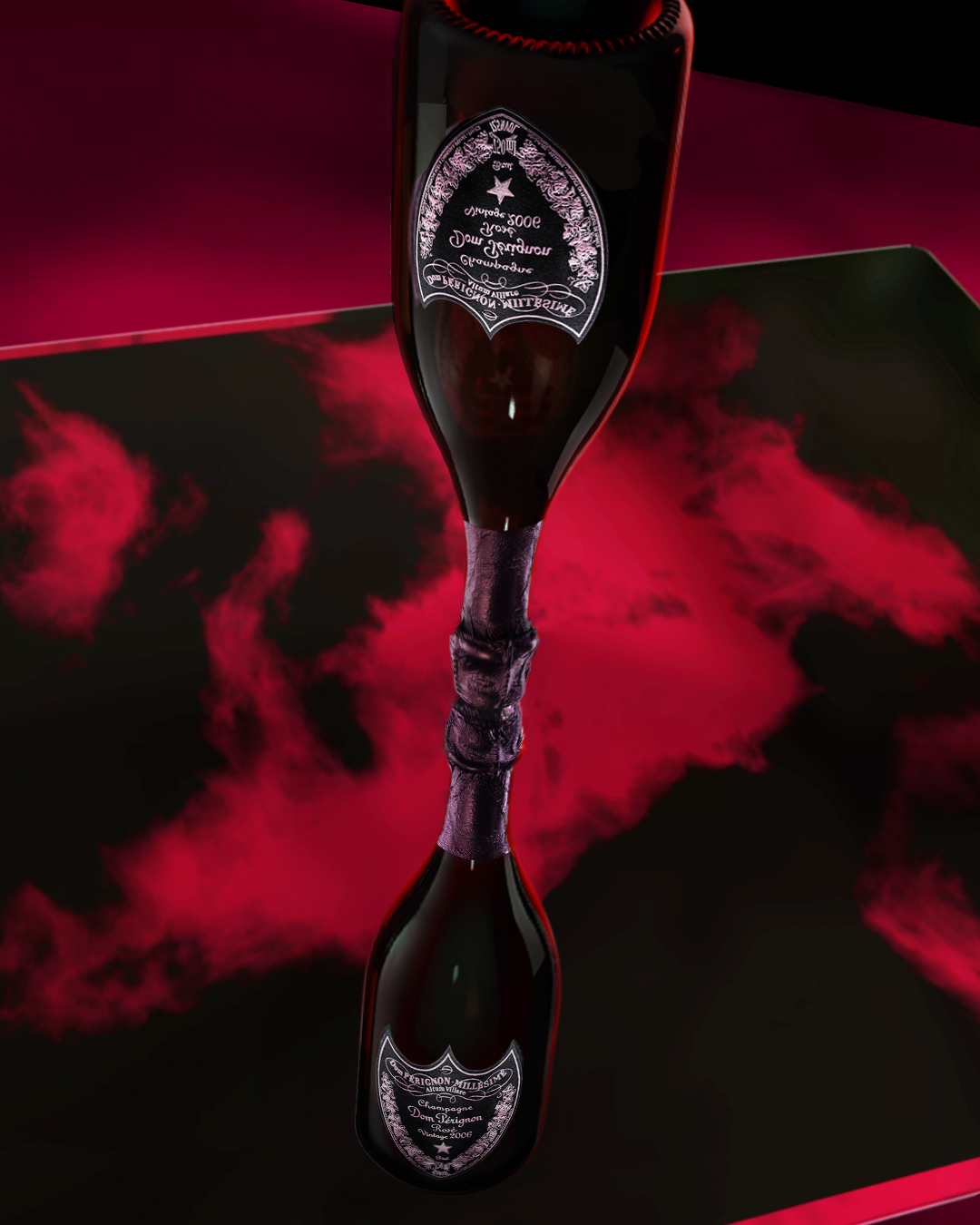
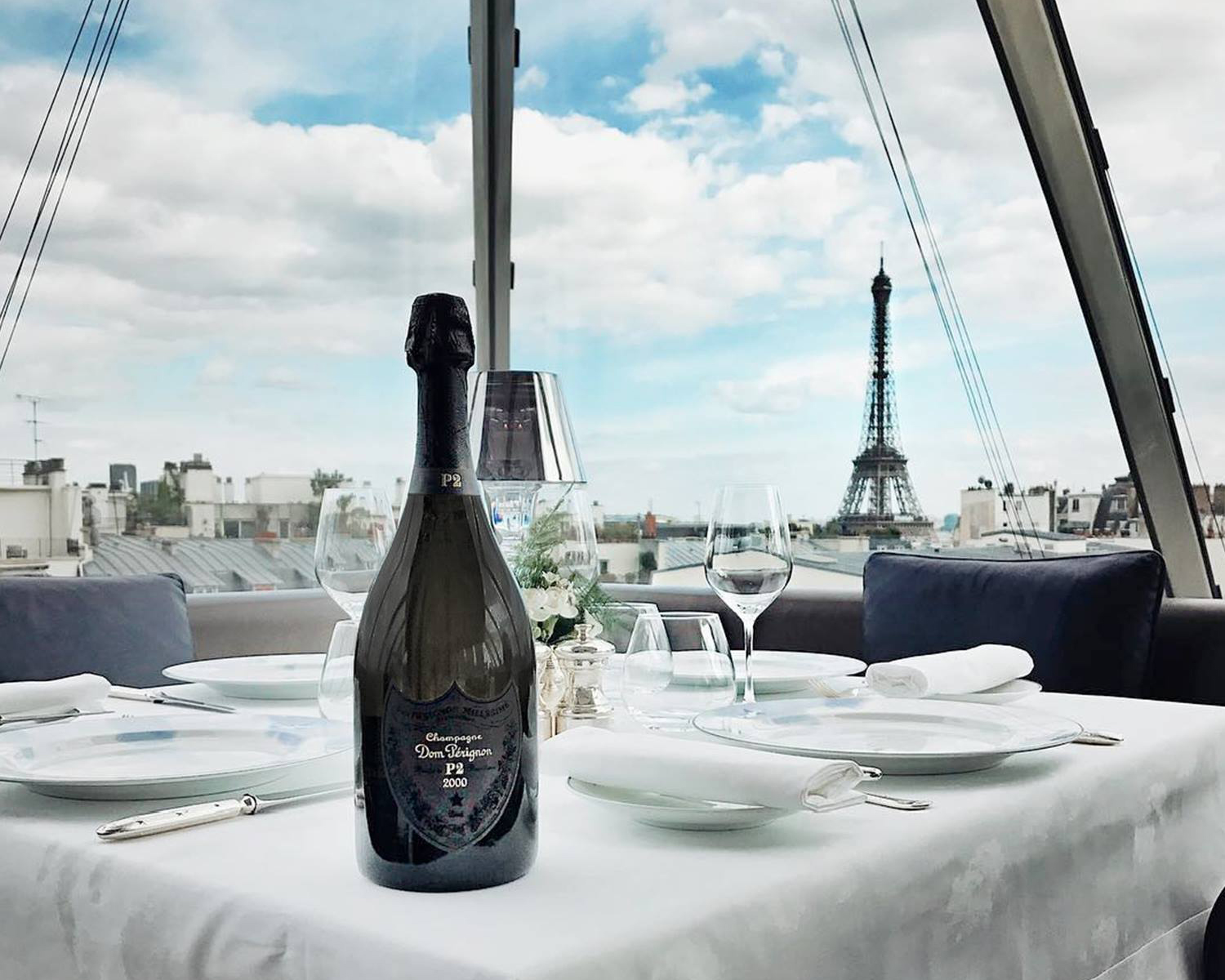
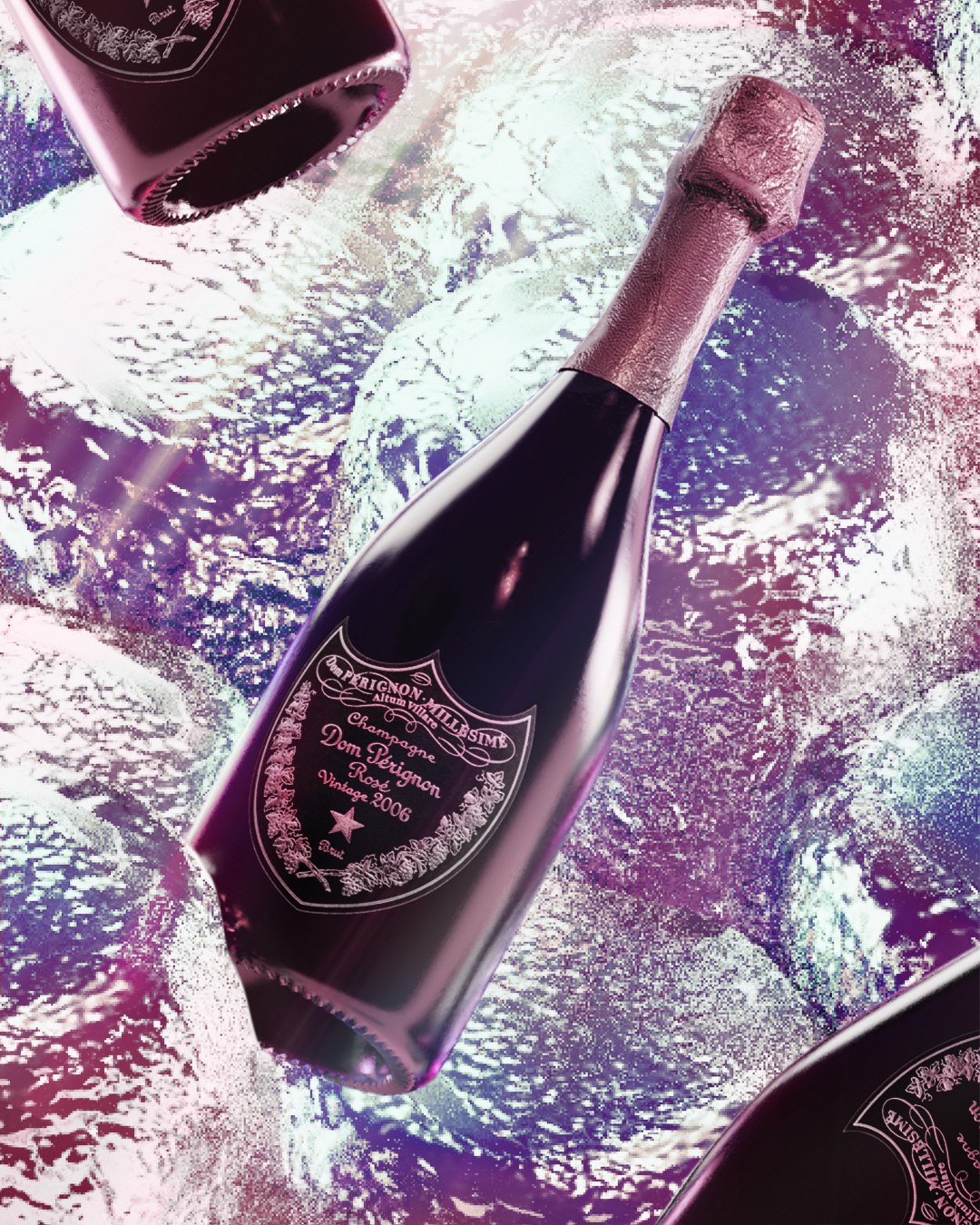
In 1971, the Shah of Iran ordered several bottles of the first vintage of Dom Pérignon Rosé (the 1959) for the 2,500-year celebration of the Persian Empire. A bottle of that champagne, from that order, was sold at auction for €24,758 in 2008.


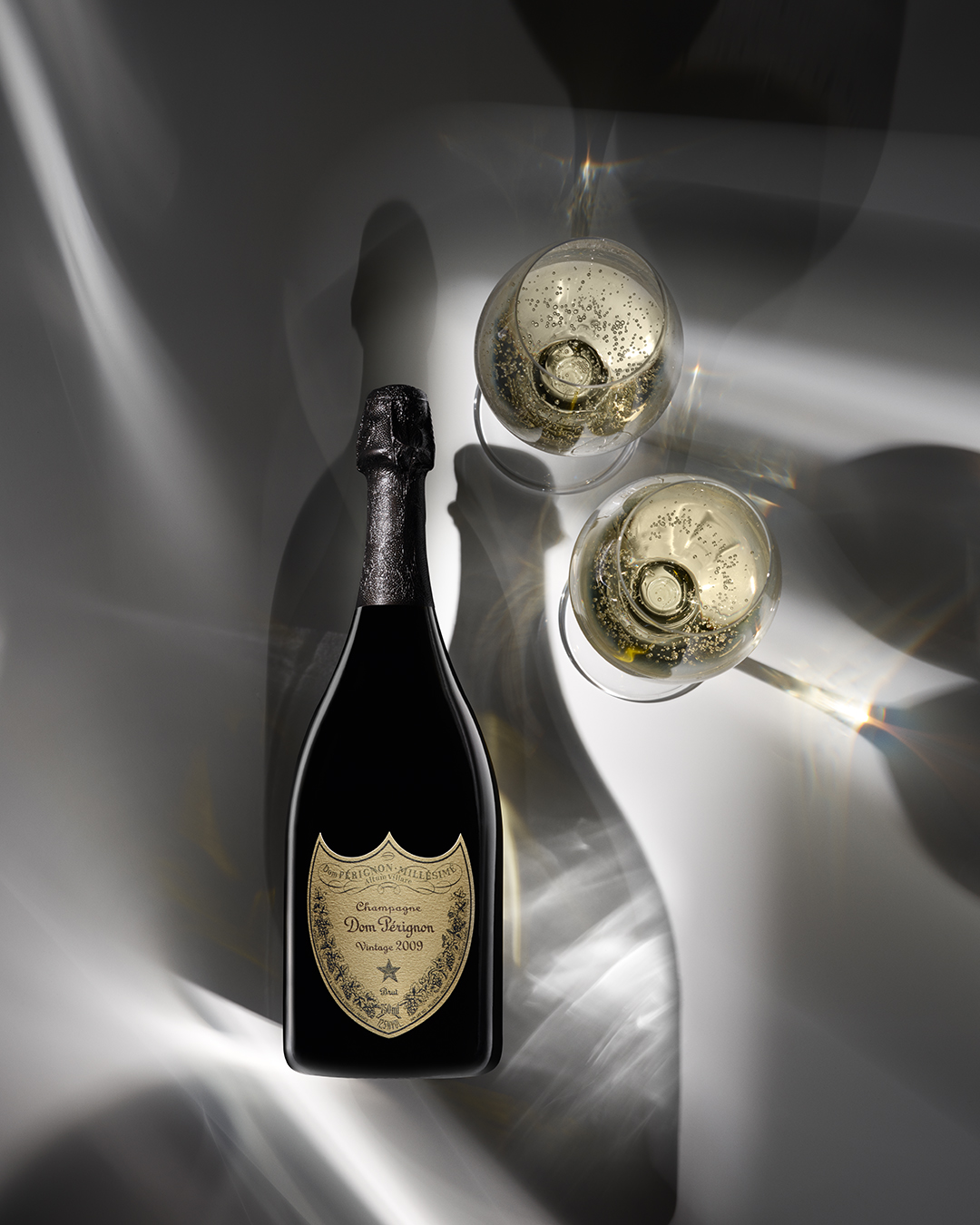
In 1981, Dom Pérignon was chosen for the wedding of Lady Diana Spencer and Prince Charles. The magnums of Dom Pérignon Vintage 1961 served on that July 29 carried a special insignia created just for the ceremony.
Style

Dom Pérignon is always an assemblage of Pinot noir and Chardonnay grapes, although the final composition changes every vintage: at times a blend in perfectly equal proportions (e.g. 1990 Rosé), at times up to 60% Chardonnay (1982) or 60% Pinot noir (1969), and only once going over 60% (with 65% Chardonnay in 1970).
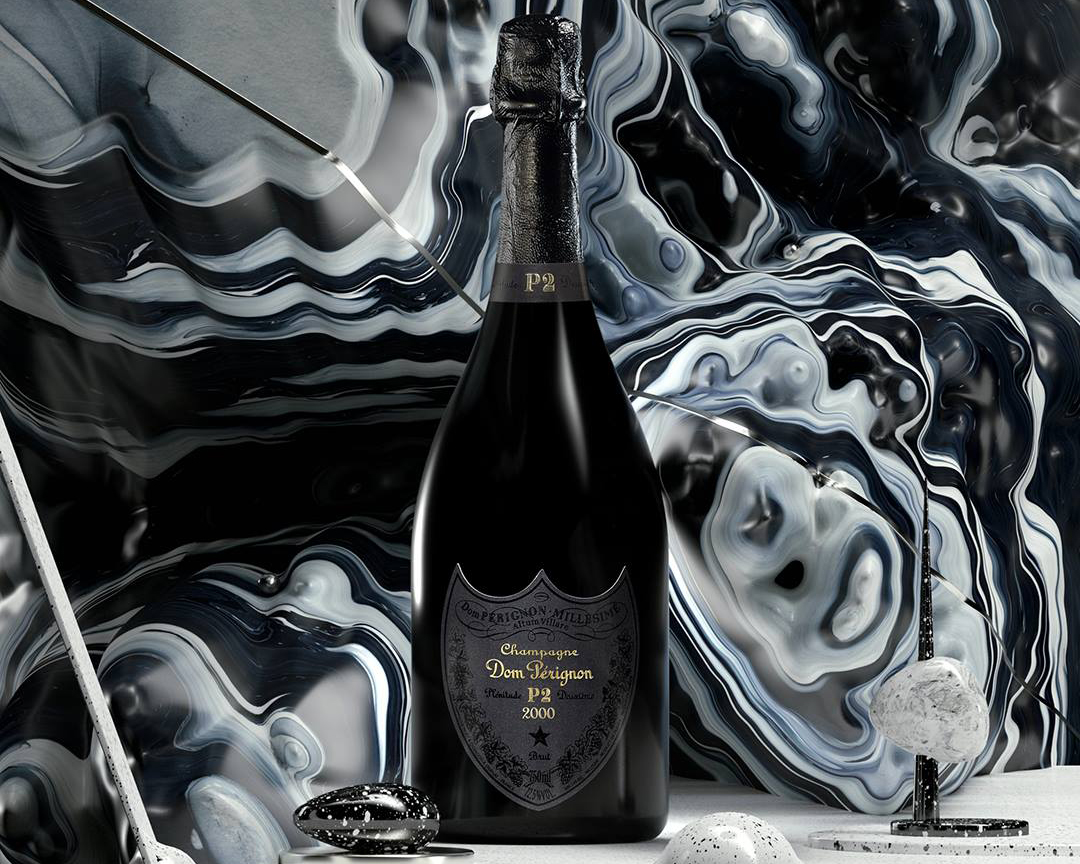
According to Richard Geoffroy's Manifesto and blog: "Dom Pérignon expresses its first plénitude after seven years in the cellar", with a second plénitude 12 to 15 years after the vintage (first Œnothèque release, now referred to as P2) and a third plénitude after 30 to 40 years (second Œnothèque release, now referred to as P3).
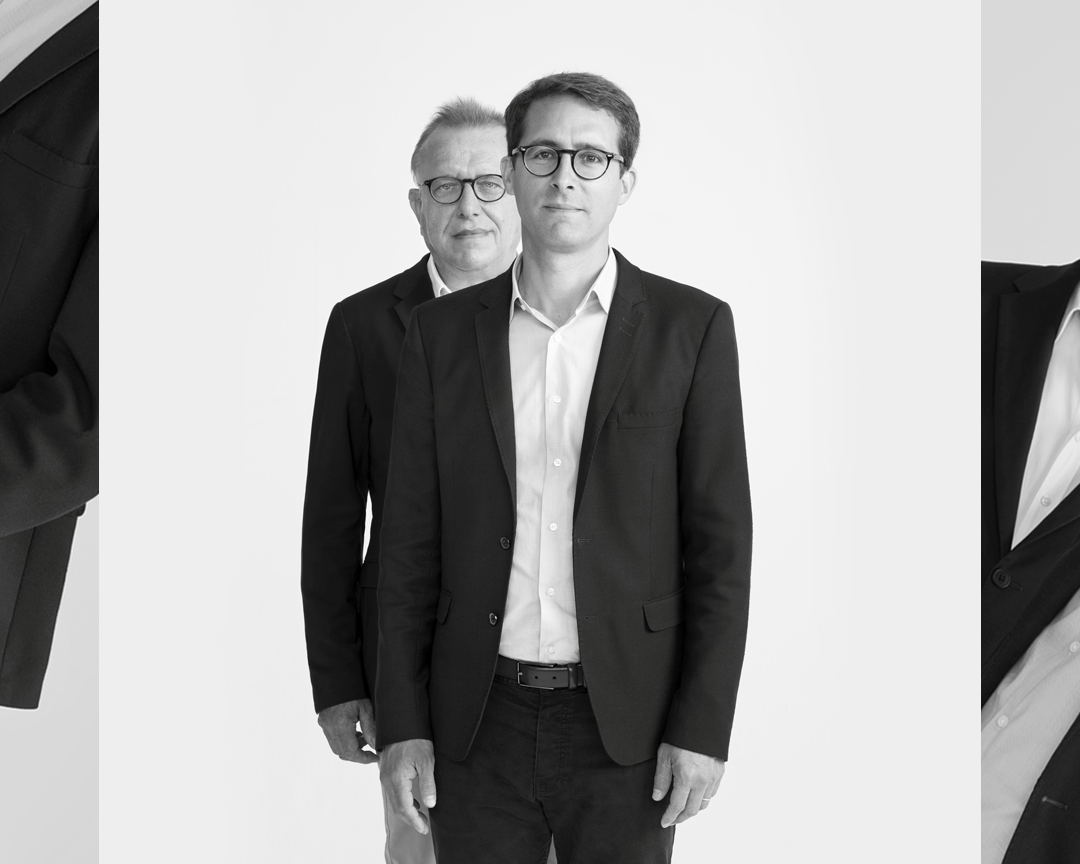
Around 2016, the producer stopped using the Œnothèque designation and started labeling new plénitude releases as P2 or P3, providing more clarity to the disgorgement date than the Œnothèque designation. The grapes entering the blend come from the best, most sunlit sites. Serena Sutcliffe comments: "With age, Dom Pérignon takes on a totally seductive fresh-toast-and-coffee bouquet, one of the most intriguing scents in Champagne."
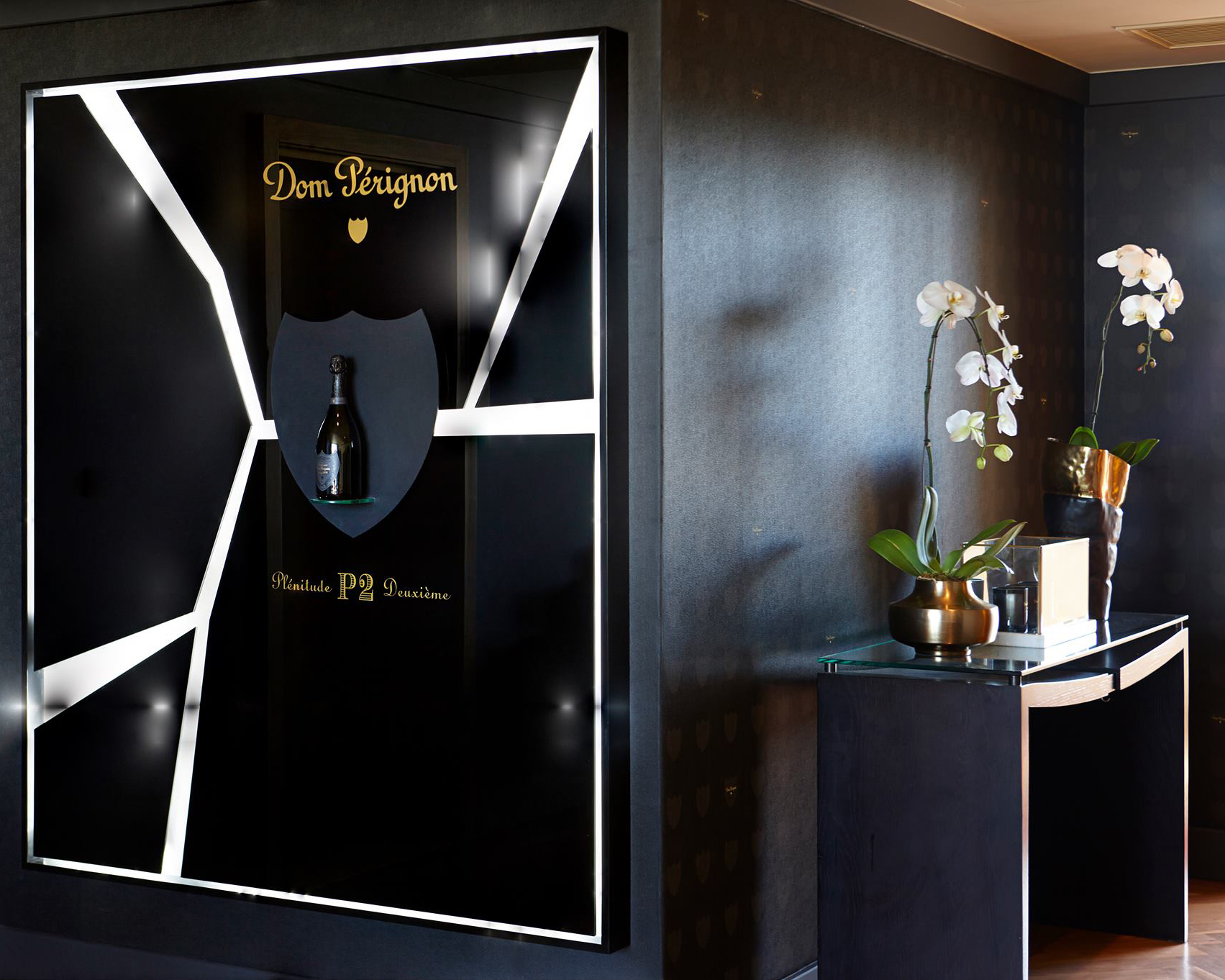
Products Dom Pérignon
Dom Pérignon
Vintage Champagne Only

Dom Pérignon commitment to vintages is absolute. Each Dom Pérignon is a true act of creation, made from only the best grapes.

Each Vintage wine is created from the best grapes grown in one single year - a true challenge for a unique interpretation of the seasons, and for reinvention.

Each vintage embodies the total faith in the Power of Creation that is constantly renewed by Chef de Cave Vincent Chaperon.
Identity

Dom Pérignon is a brand of vintage Champagne produced by the Champagne house of Moët & Chandon, and it serves as that house's prestige Champagne.

It is named after Dom Pérignon, a Benedictine monk who was an important quality pioneer for Champagne wine but who, contrary to popular myths, did not discover the Champagne method for making sparkling wines.
History

Dom Pérignon (1638–1715) was a monk and cellar master at the Benedictine abbey in Hautvillers. He pioneered a number of winemaking techniques around 1670 being the first to blend grapes in such a way as to improve the quality of wines, balance one element with another in order to make a better whole, and deal with a number of their imperfections; perfecting the art of producing clear white wines from black grapes by clever manipulation of the presses; enhancing the tendency of Champagne wines to retain their natural sugar in order to naturally induce secondary fermentation in the spring; being a master at deciding when to bottle these wines in order to capture the bubble. He also introduced corks (instead of wood), which were fastened to bottles with hemp string soaked in oil in order to keep the wines fresh and sparkling, and used thicker glass in order to strengthen the bottles (which were prone to explode at that time).

The development of sparkling wines as the main style of production in Champagne occurred progressively in the 19th century, more than a century after Dom Pérignon's death.



Dom Pierre Pérignon, a Benedictine monk. The first vintage of Dom Pérignon was 1921 and was only released for sale in 1936, sailing to New York in the liner Normandie. The brand, not exploited, was given by Champagne Mercier to Moët in 1927 for a wedding between the two families.



In 1935, 300 bottles of a 1926-vintage precursor to Dom Pérignon were sold to Simon Bros. & Co., the company that imported Moët in the United Kingdom, who gave two bottles to each of their 150 best customers to commemorate their centenary. While these bottles were almost identical to the subsequent Dom Pérignon releases, they did not display the Dom Pérignon name, rather "Champagne specially shipped for Simon Brothers & Co's Centenary 1835-1935." The wine got immediate attention in the marketplace and 100 boxes of the 1921 vintage were shipped to the United States shortly thereafter, this time displaying the Dom Pérignon name. James Buchanan Duke, the billionaire who had founded the American Tobacco Company, ordered 100 bottles for himself. The 17 bottles sold at an auction in Christie's in New York City in June 2004 were part of that order (Doris Duke, the billionaire’s daughter, had kept them in her cellar). According to current Dom Pérignon cellar master Richard Geoffroy (2012), who has been Chef de Cave for Dom Pérignon since 1990, the 1921 vintage had a "distinctive bouquet comprising sandalwood, vanilla and praline".



Until the 1943 vintage, Dom Pérignon was produced from regular vintage Moët & Chandon Champagne that was transferred to the special 18th century-style bottles after extended cellaring. It was, thus, effectively an "oenothèque" release of Moët & Chandon Vintage Champagne in a different bottle. From the 1947 vintage, Dom Pérignon has been produced separately from the start.



In 1971, the Shah of Iran ordered several bottles of the first vintage of Dom Pérignon Rosé (the 1959) for the 2,500-year celebration of the Persian Empire. A bottle of that champagne, from that order, was sold at auction for €24,758 in 2008.



In 1981, Dom Pérignon was chosen for the wedding of Lady Diana Spencer and Prince Charles. The magnums of Dom Pérignon Vintage 1961 served on that July 29 carried a special insignia created just for the ceremony.
Style

Dom Pérignon is always an assemblage of Pinot noir and Chardonnay grapes, although the final composition changes every vintage: at times a blend in perfectly equal proportions (e.g. 1990 Rosé), at times up to 60% Chardonnay (1982) or 60% Pinot noir (1969), and only once going over 60% (with 65% Chardonnay in 1970).

According to Richard Geoffroy's Manifesto and blog: "Dom Pérignon expresses its first plénitude after seven years in the cellar", with a second plénitude 12 to 15 years after the vintage (first Œnothèque release, now referred to as P2) and a third plénitude after 30 to 40 years (second Œnothèque release, now referred to as P3).

Around 2016, the producer stopped using the Œnothèque designation and started labeling new plénitude releases as P2 or P3, providing more clarity to the disgorgement date than the Œnothèque designation. The grapes entering the blend come from the best, most sunlit sites. Serena Sutcliffe comments: "With age, Dom Pérignon takes on a totally seductive fresh-toast-and-coffee bouquet, one of the most intriguing scents in Champagne."

Products Dom Pérignon
-
Dom Pérignon - Blanc Brut - Mathusalem - Bois Wood Box - Champagne - Pinot...
The House's most beautiful promise. Each Vintage expresses both the character of a vintage and the vision of Dom Pérignon. After an elaboration of at least eight years, the wine reaches perfect harmony: precise, intense, tactile, mineral, complete.
8 300,00 € -
Dom Pérignon - Blanc Brut - Jéroboam - Bois Wood Box - Champagne - Pinot Noir...
The House's most beautiful promise. Each Vintage expresses both the character of a vintage and the vision of Dom Pérignon. After an elaboration of at least eight years, the wine reaches perfect harmony: precise, intense, tactile, mineral, complete.
4 100,00 € -
Dom Pérignon - Rosé 1996 - Plénitude 2 - P2 - Coffret Box - Champagne - Pinot...
The rarest jewel. Dom Pérignon Rosé Plénitude 2 is the exception, not the rule. Raised to its second life, in very limited quantities, Dom Pérignon Rosé reaches the pinnacle of essential and radiant vitality in its state of Plénitude.
1 320,00 € -
Dom Pérignon - Rosé - Magnum - Coffret Box - Champagne - Pinot Noir -...
The thrill of the unknown. Born from the desire to dare, Dom Pérignon Rosé captures the red splendor of Pinot Noir and captures its vital energy in a bold and decisive blend. He reveals a wild and sensual spirit, chiaroscuro, magnetic.
1 250,00 € -
Dom Pérignon - Blanc Brut - Magnum - Coffret Box - Champagne - Pinot Noir -...
The House's most beautiful promise. Each Vintage expresses both the character of a vintage and the vision of Dom Pérignon. After an elaboration of at least eight years, the wine reaches perfect harmony: precise, intense, tactile, mineral, complete.
690,00 € -
Dom Pérignon - Blanc Brut - Magnum - Champagne - Pinot Noir - Chardonnay -...
The House's most beautiful promise. Each Vintage expresses both the character of a vintage and the vision of Dom Pérignon. After an elaboration of at least eight years, the wine reaches perfect harmony: precise, intense, tactile, mineral, complete.
480,00 € -
Dom Pérignon - 2002 - Plénitude 2 - P2 - Coffret Box - Champagne - Pinot Noir...
Dom Pérignon elevated to his second life. Plénitude 2 is the second life of Dom Pérignon, patiently led to a new elevation and projected towards eternity. After almost fifteen years, the energy of wine expands and Dom Pérignon unfolds in all dimensions - wider, deeper, longer - embellished with further longevity.
590,00 € -
Dom Pérignon - Rosé - Coffret Box - Champagne - Pinot Noir - Chardonnay -...
The thrill of the unknown. Born from the desire to dare, Dom Pérignon Rosé captures the red splendor of Pinot Noir and captures its vital energy in a bold and decisive blend. He reveals a wild and sensual spirit, chiaroscuro, magnetic.
335,00 € -
Dom Pérignon - 2002 - Plénitude 2 - P2 - Champagne - Pinot Noir - Chardonnay...
Dom Pérignon elevated to his second life. Plénitude 2 is the second life of Dom Pérignon, patiently led to a new elevation and projected towards eternity. After almost fifteen years, the energy of wine expands and Dom Pérignon unfolds in all dimensions - wider, deeper, longer - embellished with further longevity.
570,00 € -
Dom Pérignon - Rosé - Champagne - Pinot Noir - Chardonnay - Luxury Limited...
The thrill of the unknown. Born from the desire to dare, Dom Pérignon Rosé captures the red splendor of Pinot Noir and captures its vital energy in a bold and decisive blend. He reveals a wild and sensual spirit, chiaroscuro, magnetic.
298,00 € -
Dom Pérignon - Blanc Brut - Coffret Box - Champagne - Pinot Noir -...
The House's most beautiful promise. Each Vintage expresses both the character of a vintage and the vision of Dom Pérignon. After an elaboration of at least eight years, the wine reaches perfect harmony: precise, intense, tactile, mineral, complete.
255,00 € -
Dom Pérignon - Blanc Brut - Champagne - Pinot Noir - Chardonnay - Luxury...
The House's most beautiful promise. Each Vintage expresses both the character of a vintage and the vision of Dom Pérignon. After an elaboration of at least eight years, the wine reaches perfect harmony: precise, intense, tactile, mineral, complete.
250,00 € -
Dom Pérignon - 2004 - Plénitude 2 - P2 - Coffret Box - Champagne - Pinot Noir...
Dom Pérignon elevated to his second life. Plénitude 2 is the second life of Dom Pérignon, patiently led to a new elevation and projected towards eternity. After almost fifteen years, the energy of wine expands and Dom Pérignon unfolds in all dimensions - wider, deeper, longer - embellished with further longevity.
500,00 € -
Dom Pérignon - 2004 - Plénitude 2 - P2 - Champagne - Pinot Noir - Chardonnay...
Dom Pérignon elevated to his second life. Plénitude 2 is the second life of Dom Pérignon, patiently led to a new elevation and projected towards eternity. After almost fifteen years, the energy of wine expands and Dom Pérignon unfolds in all dimensions - wider, deeper, longer - embellished with further longevity.
570,00 €



